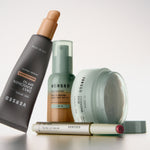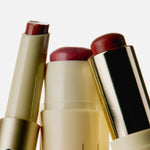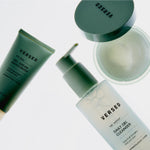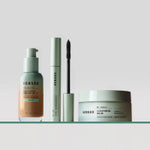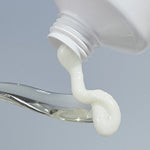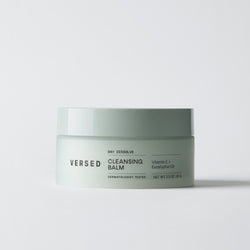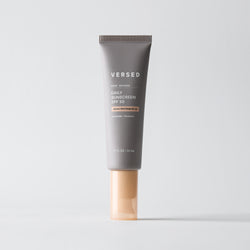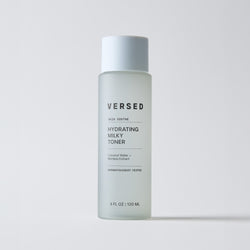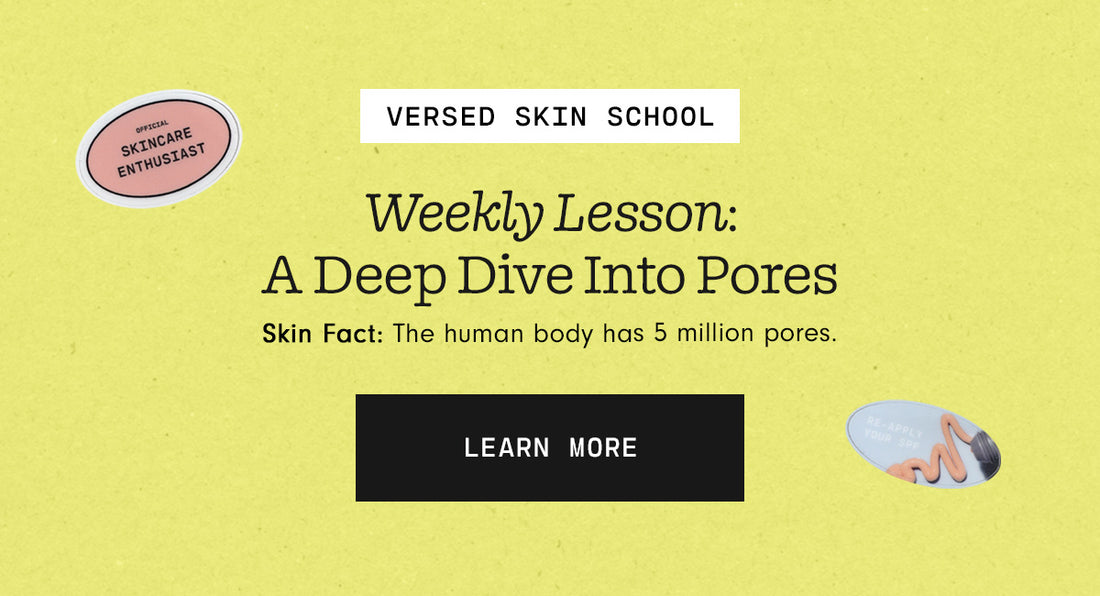If you were to Google “how to make my pores smaller” right now, over 153 million search results would pop up on your feed. Sorry to be the bearer of bad news, but not a single one of those results will have the answer you’re looking for, because it’s scientifically impossible to change the size of your pores.
But there’s a bright side. While pore size is genetic, you can change their appearance by clearing out the gunk trapped inside that’s making them look bigger, stretching them out (yes, that part is true), and may be leading to breakouts. How? Through exfoliation. It’s an underrated skincare step that shouldn’t be skipped, considering it holds the key to many of our most common skincare concerns. Read on for all the benefits of exfoliation and how to do it properly.
How to Exfoliate
The life cycle of a skin cell (basically, the amount of time it takes a cell to move from the deeper levels of the epidermis to the surface before eventually flaking off) lasts around 28 days for the average middle aged adult. Our skin’s life cycle slows as we age, though; teenage skin typically has a life cycle of a few weeks, while aging skin takes around 45 days. While dead skin cells naturally shed on their own, sometimes they need a bit of help to avoid clogging the pores. This is where exfoliation comes in. Exfoliate to lift away dead, dry skin cells, and reveal the fresh, healthy layers of skin underneath. It can even help treat and prevent acne (yes, you should exfoliate even if you're dealing with whiteheads. It'll help clear them up!)The Types of Exfoliation
(Spoiler alert: for best results use both):
Manual/Physical Exfoliation
Scrubs and polishes, brushes and sponges, dermaplaning, and the like all fall under the physical exfoliation category, which basically means the texture of the tool or product physically dislodges the dead skin cells. Physical exfoliators have a bit of a reputation, likely because they bring back memories of using harsh, irritating scrubs that often made problem skin worse. But nowadays, there are plenty of gentle options that are still beneficial for even acne-prone, sensitive skin types. Our At-Home Dermaplaning Tool is a painless, easy-to-use physical exfoliator that not only clears away layers of dull skin, but also removes stubborn peach fuzz, allowing your other skincare products (including makeup) to apply better and work more efficiently. Another concern of yesteryear was microbeads. Microbeads are small, plastic particles that were formulated in many personal care products until they were banned in the U.S. Because microbeads don’t dissolve in water, their inclusion in rinse-off, exfoliating skincare infiltrated our water supply and had a devastating impact on oceans and sea life. Luckily, a safer, more sustainable alternative exists. Microcrystalline is an exfoliating ingredient that is a 100% natural alternative to microbeads. It’s quickly biodegradable, made from renewable resources, Ecocert approved, and certified by the Natural Products Association. In fact, it’s so safe that it’s edible (although we don’t recommend trying that). Plus, it’s superfine and so gentle on skin. Find it in our Microcrystal Exfoliator, whose creamy, gentle formula helps clear pores, calm inflammation, and deliver a brighter, smoother complexion for everyone, including those with sensitive skin.Chemical Exfoliation
Chemical exfoliation, on the other hand, works at the ingredient level (with acids and enzymes), dissolving the bonds between dead skin cells and the surface of skin. While the term “chemical exfoliation” sounds intimidating, this method can be very gentle and is frequently found in the form of cleansers, toners, and facial peels or masks. Most often you’ll find exfoliating acids, like AHAs and BHAs. Our Daily Brightening Solution uses a four-acid complex that brightens skin tone, evens out texture, and treats hyperpigmentation without any sting or discomfort. For some a bit more intensive, you can use our Instant Resurfacing Mask 1x per week.Bonus: While retinol doesn’t technically exfoliate, this hero ingredient does speed up cell turnover, so it commonly is touted for its “exfoliating” properties. Coupled with a good exfoliator, it can keep fine lines and acne at bay.
The Benefits of Exfoliating
There’s not many skincare concerns that can’t be resolved simply by exfoliating 1-3 times per week. If any of these are on your complexion wish list, you’ll want to start adding an exfoliator to your routine:- Softer, smoother texture
- Smaller-looking pores
- Clear skin
- Even, glowy skin tone
- Diminished dark spots
And there’s no need to choose between physical and chemical methods. They complement each other quite nicely. Try a leave-on facial peel, like our cult-favorite The Shortcut (which works overnight to resurface and renew your complexion), and rinse it off in the morning with the help of a pore-polishing exfoliator to buff away all those newly loosened dead skin cells. As for the body, get glass skin with our Buff It Out AHA Exfoliating Body Scrub. Just don’t forget to follow up with some hydration and SPF to protect those fresh, new skin cells during the daytime.
If you're ready to start taking care of troubled pores, shop our favorite exfoliating products below.
